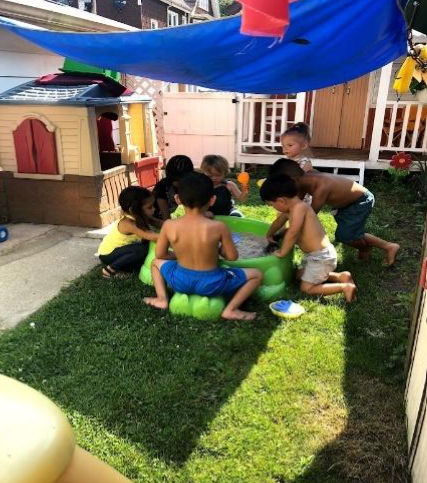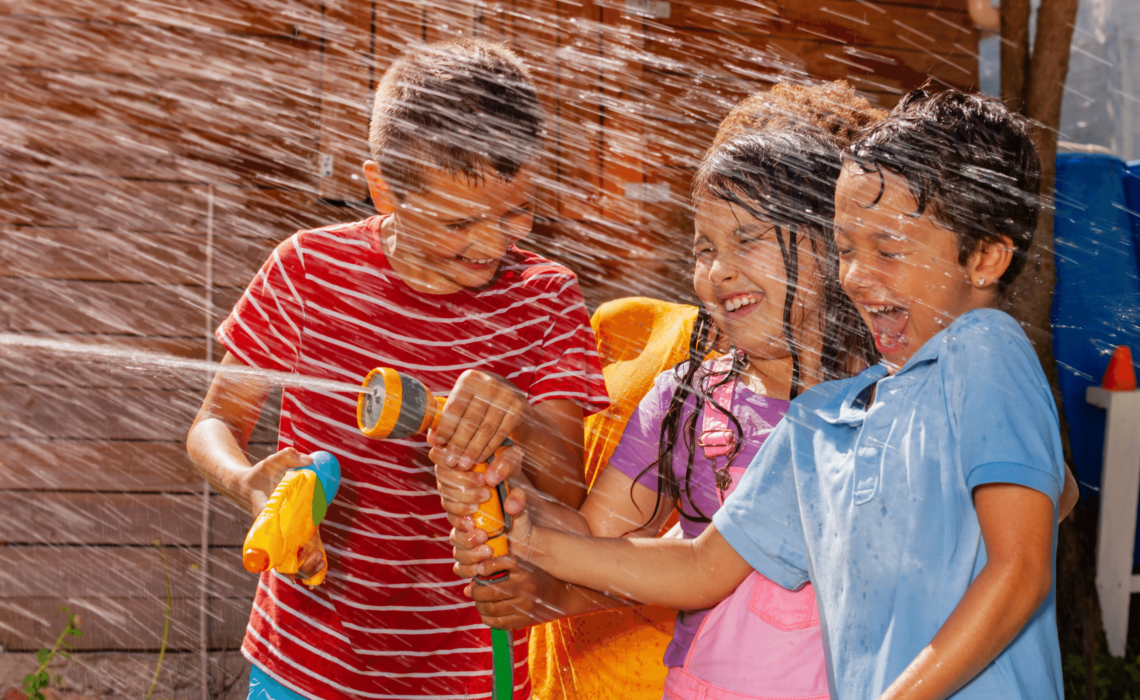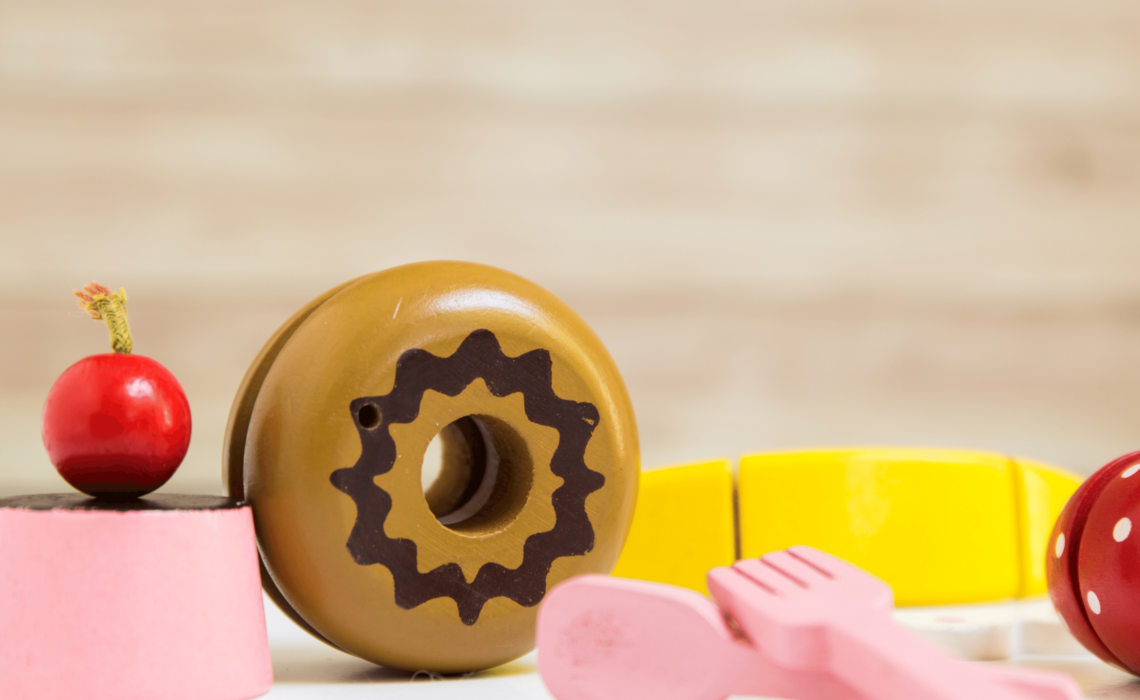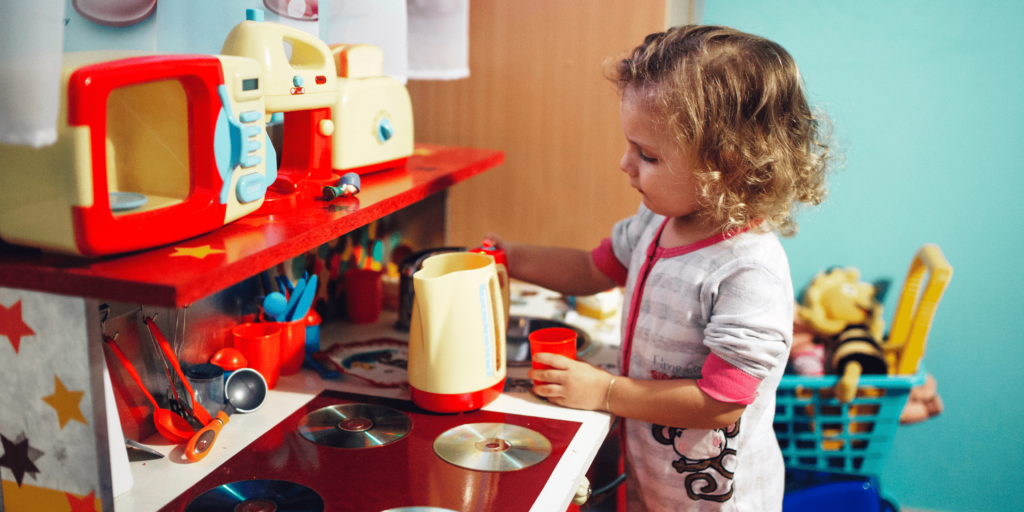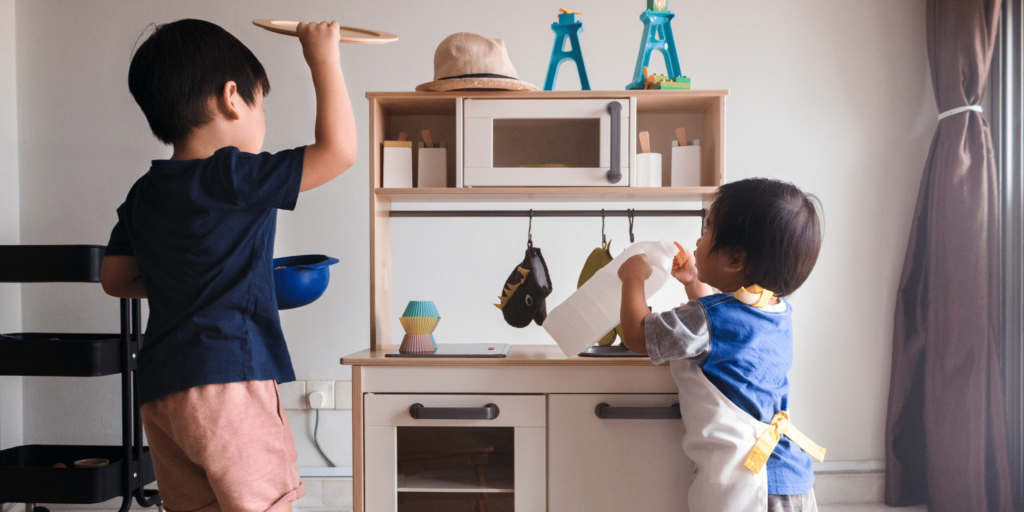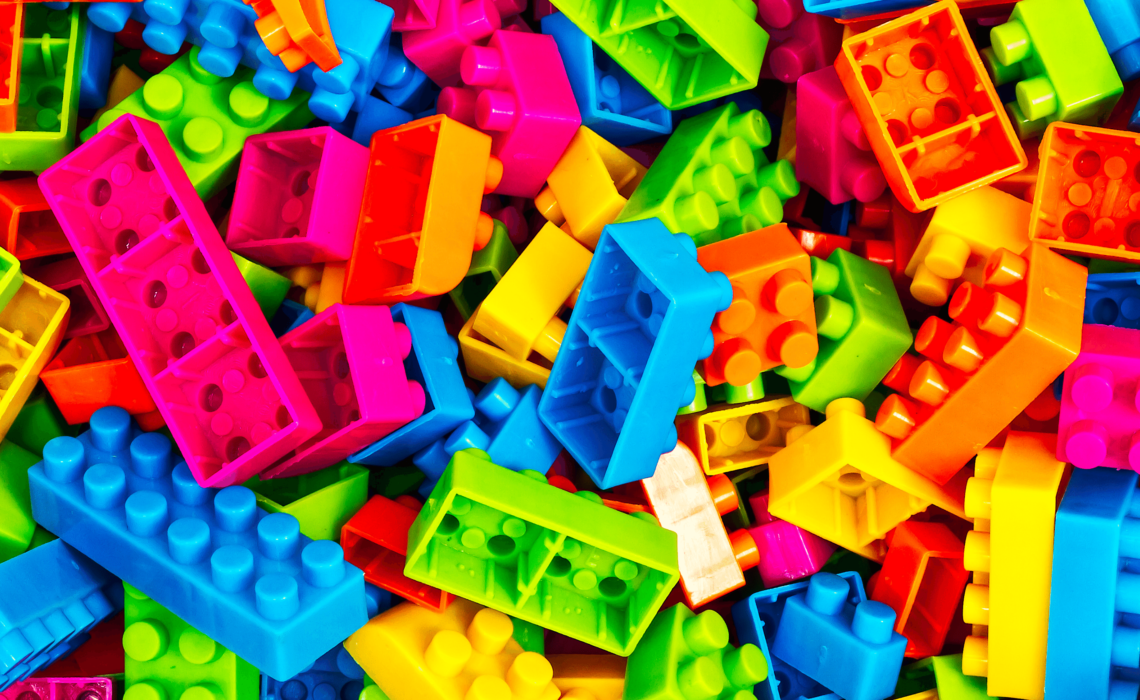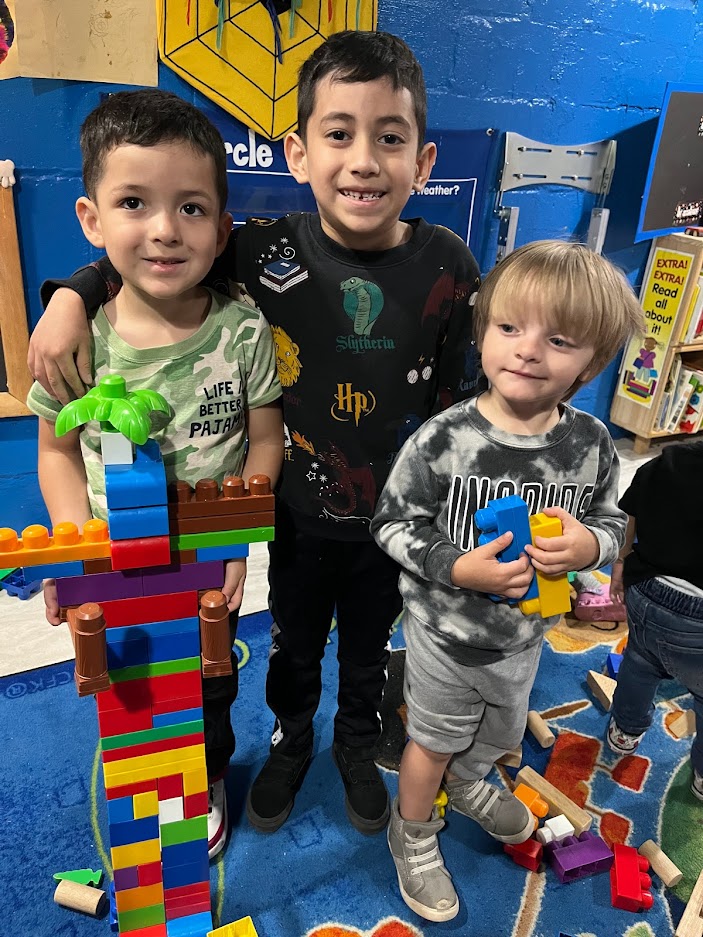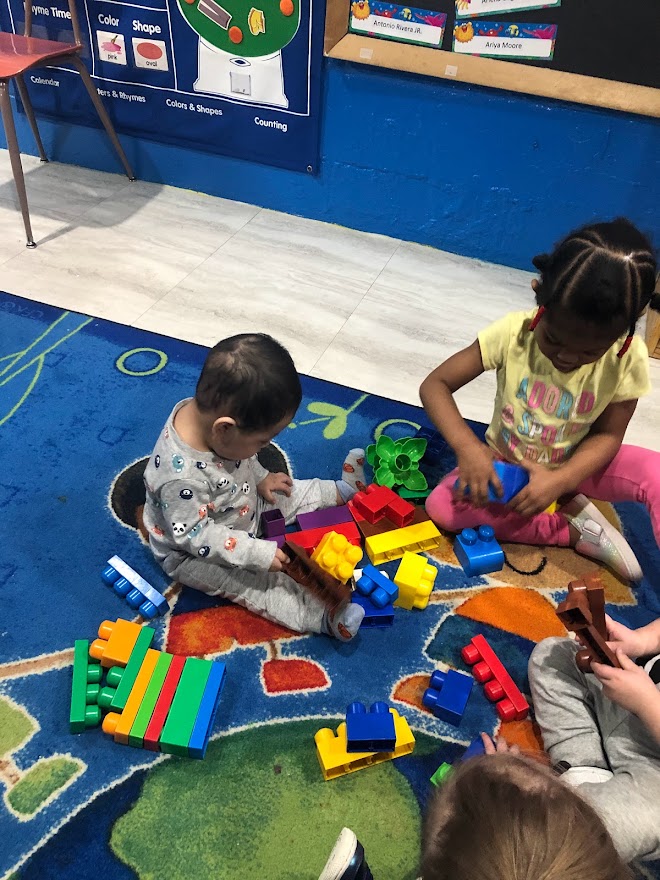Learning activity for children 3-5 years old
Exploration with nature.
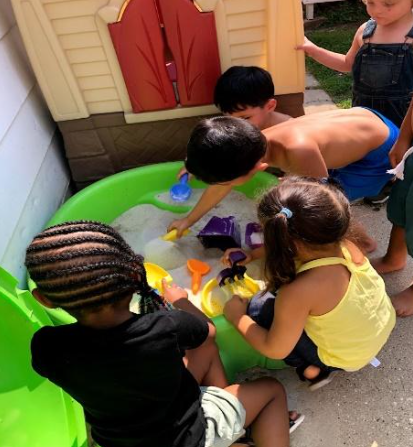
Outdoor activities with children help in all learning areas. Through outdoor activities, it helps stimulate the brain to new thoughts and knowledge in children, as well as self-esteem. There’s a lot of different activities that we can perform where children can feel through games and exploration with nature.
Playing with sand helps very restless children. It helps them concentrate, to calm and share with other children and socializing helps children to be resistant to allergies and diseases, since the contact with nature stimulates the immune system of young children.
Sand play allows cognitive development, fine motor skills, when they are playing with sand, grabbing the shovel and putting sand in a cube, grabbing the cube to turn it around,they are strengthening their muscles and developing their fine motor skills. jumping on top of a castle favors thicker skills. They are discovering and learning through their senses. Develops their creativity: this type of free games makes children express themselves through sand games without any structure. Their imagination and creativity are encouraged with games not gifts.
Develop social skills: when there’s more than one child playing with sand, they will surely have the opportunity to develop their social skills. Interaction is vital and in this way children learn to take turns, share cubes, and express themselves in the same way they will be using vocabulary. It is a good time to reinforce it.
Cognitive development: with many games in the sand we can work on mathematical concepts (which cube has more sand or less), learn how to write their names in the sand, making geometric shapes, solving problems, is part of the game and at the same time their mind is working and learning, preparing themselves for a future education.
Immune system development: there are studies that show that children who play outdoors, with elements from nature (sticks, leaves, rocks…) are more healthy than children that are raised in closed environments and too sanitized. A little bit of dirtiness in their lives helps in their immune system development making them less vulnerable to disease.
